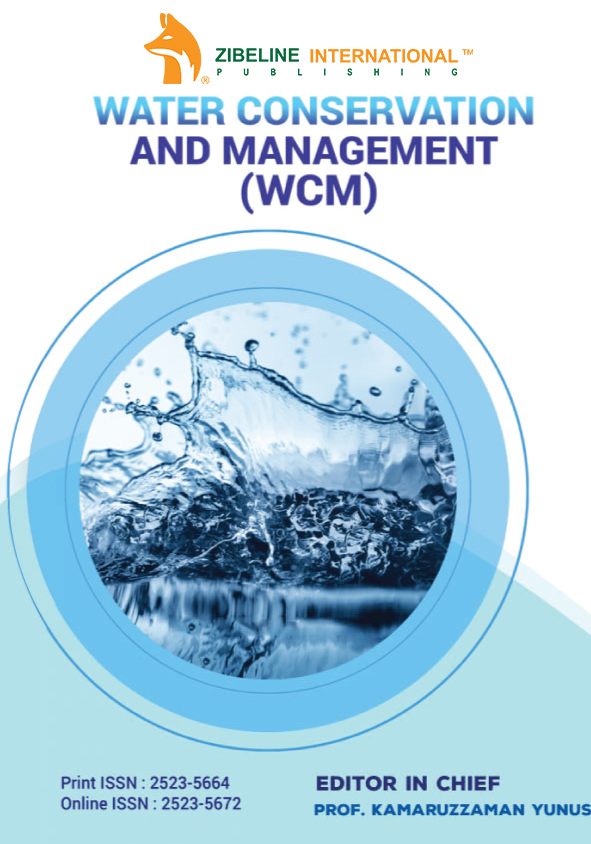WATER CONSERVATION INITIATIVE IN A PUBLIC SCHOOL FROM TROPICAL COUNTRY: PERFORMANCE AND SUSTAINABILITY ASSESSMENTS
Journal: Water Conservation and Management (WCM)
Author: Sarva Mangala Praveena, Sri Themudu
Print ISSN : 2523-5664
Online ISSN : 2523-5672
This is an open access article distributed under the Creative Commons Attribution License CC BY 4.0, which permits unrestricted use, distribution, and reproduction in any medium, provided the original work is properly cited
Doi: 10.26480/wcm.01.2022.55.60
ABSTRACT
 Water resources are rapidly declining in Malaysia due to various challenges such as climate change, pollution, urbanisation, and high-water domestic consumption. On the other hand, water conservation initiatives in Malaysia are mainly concentrated in commercial and residential buildings while public buildings such as schools have been underutilized. Water conservation initiatives in Malaysian schools are seen to be able to conserve a significant amount of water and manage water supply responsibly, given the high annual rainfall received throughout the year and the huge rooftop catchment area. Thus, this study aims to assess the performance and sustainability assessment of water conservation initiative in Convent Infant Jesus (1) Primary School in Malacca (Malaysia). Water footprint findings demonstrated lavatory usage accounted for nearly 60% of overall water consumption in the selected primary school. The rainwater harvesting system was selected as this method enables the use of a renewable source (rainwater) and it conveniently fit with the existing building rooftop and plumbing system to engender high sustainability potential. After several months of operation, the rainwater harvesting system at school lavatory has led to significant reductions between 24m3 and 278m3 of water use along with water bill saving of USD285. Sustainable assessment has indicated that all the six dimensions were well balanced with scores greater than 50% and continued improvements will increase the project’s sustainability in the future. This water conservation initiative can be implemented in any school worldwide with a similar water footprint for significant water savings and sustainable water management.
Water resources are rapidly declining in Malaysia due to various challenges such as climate change, pollution, urbanisation, and high-water domestic consumption. On the other hand, water conservation initiatives in Malaysia are mainly concentrated in commercial and residential buildings while public buildings such as schools have been underutilized. Water conservation initiatives in Malaysian schools are seen to be able to conserve a significant amount of water and manage water supply responsibly, given the high annual rainfall received throughout the year and the huge rooftop catchment area. Thus, this study aims to assess the performance and sustainability assessment of water conservation initiative in Convent Infant Jesus (1) Primary School in Malacca (Malaysia). Water footprint findings demonstrated lavatory usage accounted for nearly 60% of overall water consumption in the selected primary school. The rainwater harvesting system was selected as this method enables the use of a renewable source (rainwater) and it conveniently fit with the existing building rooftop and plumbing system to engender high sustainability potential. After several months of operation, the rainwater harvesting system at school lavatory has led to significant reductions between 24m3 and 278m3 of water use along with water bill saving of USD285. Sustainable assessment has indicated that all the six dimensions were well balanced with scores greater than 50% and continued improvements will increase the project’s sustainability in the future. This water conservation initiative can be implemented in any school worldwide with a similar water footprint for significant water savings and sustainable water management.
| Pages | 55-60 |
| Year | 2022 |
| Issue | 1 |
| Volume | 6 |


